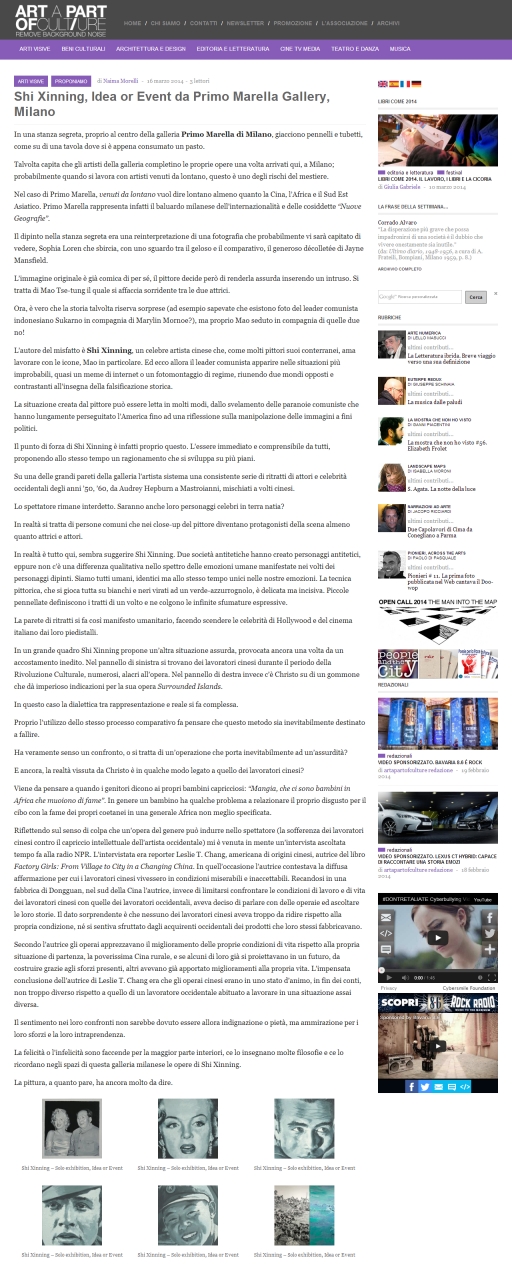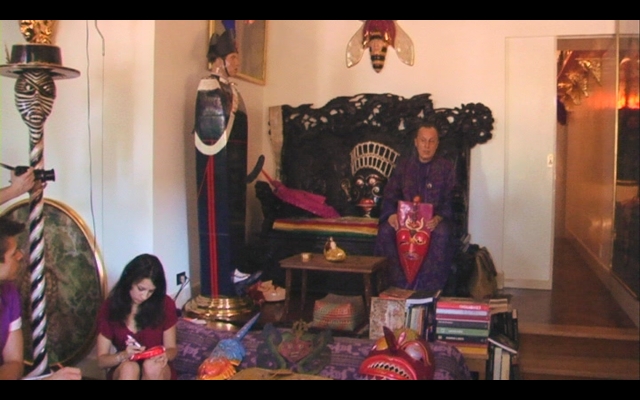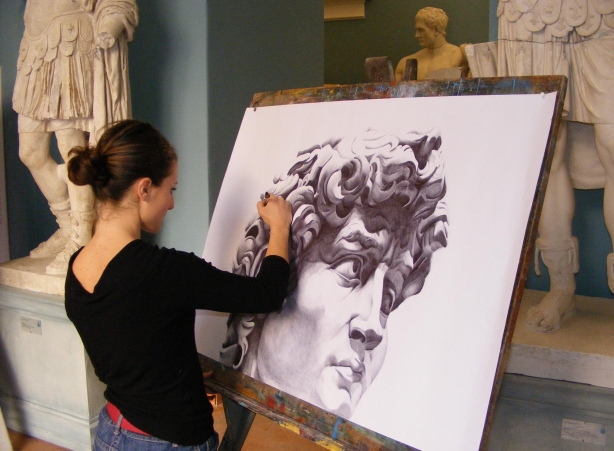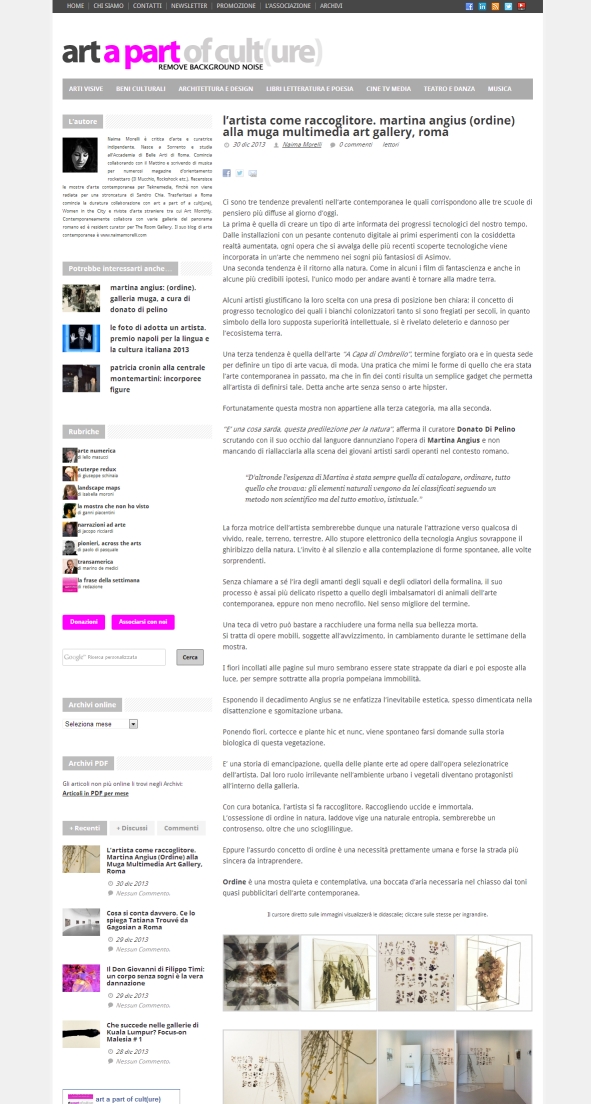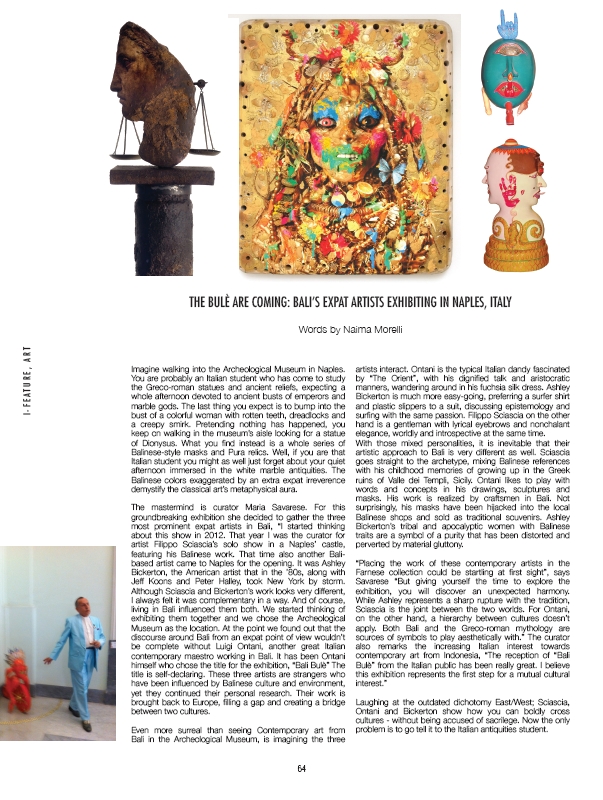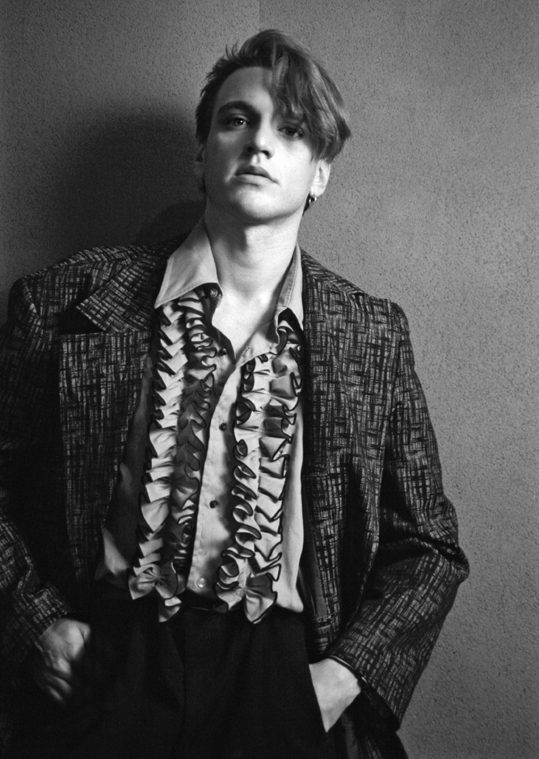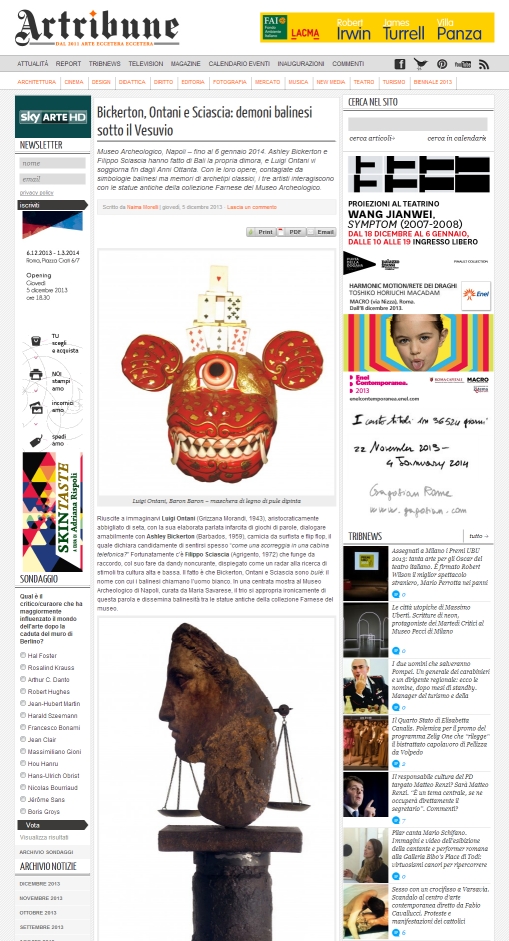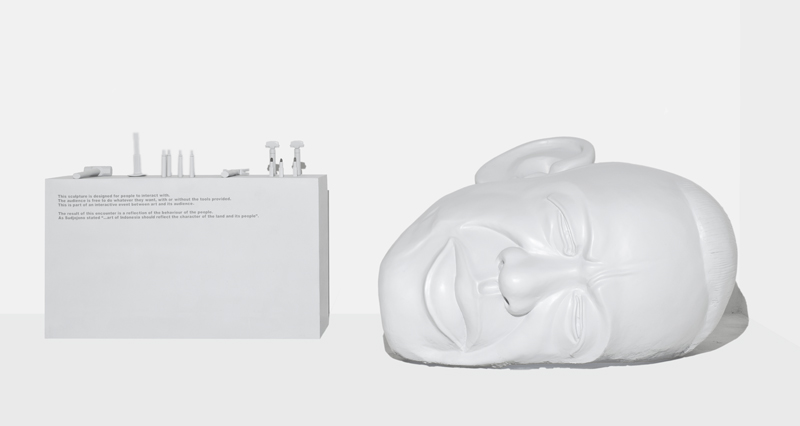
ITA:
Il giovane artista Robberto è recentemente tornato da Los Angeles dove ha esposto nella galleria Madhood Temporary (qui il mio comunicato stampa).
Una settimana fa ci siamo incontrati su sua richiesta al Verano, uno dei cimiteri più belli di Roma – almeno credo, non sono un’esperta in materia – e abbiamo chiacchierato riguardo l’esperienza dell’artista a LA, le opere realizzate lì, il mondo dell’arte americano a confronto con quello italiano e così via.
Sono stata a lungo combattuta sul pubblicare o meno sul mio blog l’audiointervista nella sua interezza. Sebbene mi trovi d’accordo sul disappunto e la disillusione di Robberto riguardo al mondo dell’arte italiano, mi piacerebbe essere comunque portatrice di una visione ottimista.
Nell’intervista però si trovano anche dei momenti di grande afflato e bellezza dove Robberto parla con passione della propria arte e di come, nonostante le difficoltà, non possa rinunciarci. Siccome gli artisti non vanno censurati, sopratutto quelli che si esprimono rispetto ad una condizione condivisa, ecco Robberto in tutta la sua incazzatura.
EN:
Italian emerging artist Robberto is back from Los Angeles where he recently had an exhibition called “Fake Skin” at Madhood Temporary (here my press release).
A week ago he asked me to meet at the Verano, Rome’s biggest and the most beautiful cemetery I suppose – I’m not an expert of cemeteries so I can’t make comparisons- and we had a conversation about his experience in LA, the US art world vs the Italian one, his art and so forth.
Until the last minute I didn’t know if I wanted to post the entire audio record on my blog or not. Robberto turned out to have a very disillusioned and bitter opinion of the Italian art world and, even if I share his concerns, I would rather have an optimistic attitude.
Then I thought about the parts of the interview where he talks about the joy and the inevitability of art making, and I thought that could be very inspiring.
I don’t really feel I should censure artists, so I decided to post the interview, unfortunately available only in Italian.
